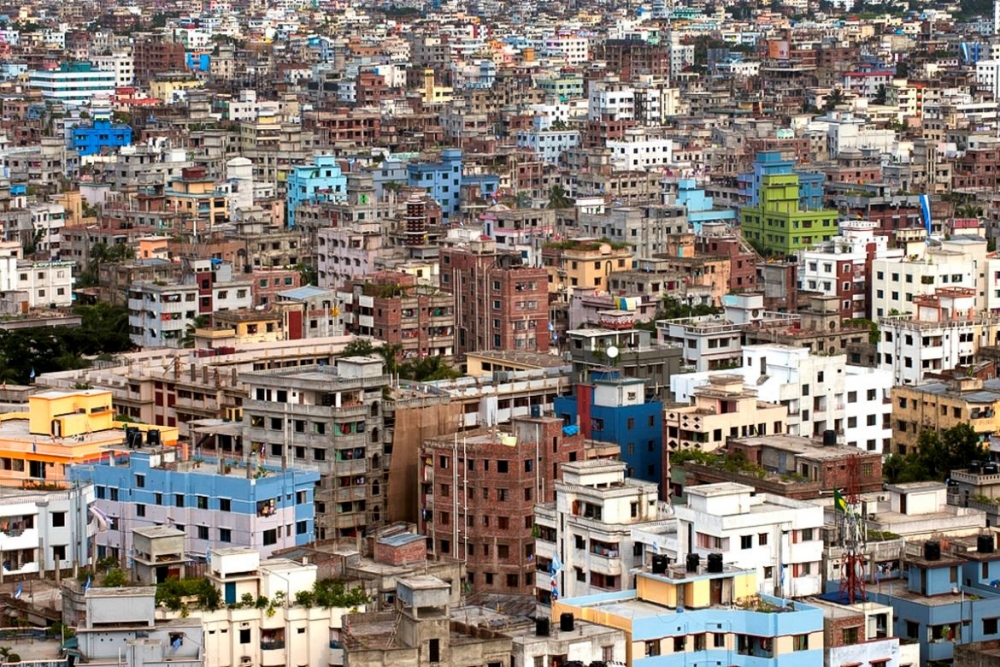UN DESA warns that thousands of cities worldwide are at high risk of disaster

According to a report by UN Department of Economic and Social Affairs (UNDESA) titled ‘The World Cities in 2018’, approximately 60% of cities around the world with at least 500,000 inhabitants are at high risk of natural disaster.
Out of the 1,146 cities, 679 cities with a population of at least half a million people were vulnerable to either landslides, earthquakes, droughts, volcanic eruptions, floods, or a combination of these natural disasters.
Large cities such as Guatemala City, Tokyo, Manila, and Santiago are exposed to as many as four or five types of natural disasters.
The report also found that mega cities, with inhabitants of more than 10 million, are more exposed. Of the world’s 33 mega cities, 27 are located in less developed areas.
A new report by the UN Office for Disaster Risk Reduction (UNISDR) stated that 1.3 million people have been killed by natural disasters, while 4.4 billion were either injured or left homeless due to disasters in the last twenty years. In order to reduce economic losses and fatalities in cities due to disasters, good infrastructure, strong governance and preparedness are crucial.
Danan Gu from UNDESA and the lead author behind the study stated:
“Urban areas produce around 70 to 80 per cent of the world’s economic output and are home to 55 per cent of our population. Such a concentration of people and economic activity means that natural disasters could be potentially costlier and more lethal if they hit cities.”
The study also noted a high level of inequality between high income and low income cities; although cities in developing countries have a lower exposure to economic losses due to disasters, they have a higher mortality risk.
The Building Sustainable and Resilient Cities theme emphasizes the need for cities to protect and preserve human life, highlight the need for cities to absorb the impact of hazards, and limit damage and destruction while continuing to provide infrastructure and services after a crisis.
The AIDF Global Summit will return to Washington D.C, in 2019.
If you’d like to stay informed on the latest updates in aid and development, please sign up for the AIDF newsletter.
Photo Credit: UNDP












